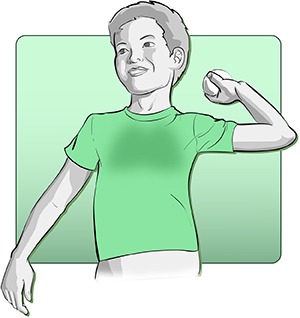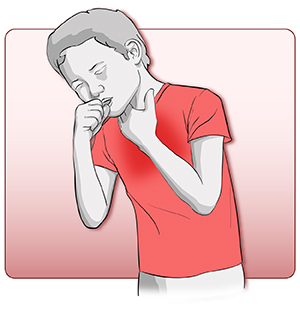For Kids: Asthma Action Plan
For Kids: Asthma Action Plan
If you have asthma, you know how it feels to have a flare-up. It’s hard to breathe. Your chest may feel tight. You may feel tired and not want to play. How you feel tells you what asthma zone you’re in. You need to know how to tell if you are in the green, yellow, or red zone. And you need to know what to do for each zone. This sheet can help you.
Fill in the blanks! Use words from the list below.
- When I’m in my green zone, I feel _______. I still have to use my_______ inhaler. I also have to watch out for _________.
- When I’m in my yellow zone, I’m starting to have a __________. I might wheeze or have other __________. Then I have to use my __________ inhaler.
- When I’m in my red zone, my breathing is very ___________. I need to get ___________ right away.
Word list:
triggers healthy symptoms hard
help controller quick-relief flare-up
Green zone: Safe
When your breathing is OK, you’re in the green zone. You feel good. Asthma doesn’t get in your way. Keep using your controller inhaler. And watch for things that can make your asthma worse. These are called triggers. .
Yellow zone: Warning
You’re starting to have a flare-up. Ask an adult for help. Use your quick-relief inhaler. Yellow zone symptoms may be:
|
|
Red zone: Danger
You’re having a flare-up! Tell your parents or another adult right away. Use your quick-relief inhaler and get medical care right away.
Red zone symptoms may be:
-
Constant coughing or wheezing
-
Symptoms that keep you from sleeping
-
Trouble breathing when you are resting
-
Breathing very hard or fast
Updated:
February 03, 2020
Sources:
Medical Therapy for Asthma: Updates from the NAEPP Guidelines. Elward KS. American Family Physician. 2010;82(10):1242-51.
Reviewed By:
Liora C Adler MD,Pat F Bass MD MPH,Daphne Pierce-Smith RN MSN CCRC


